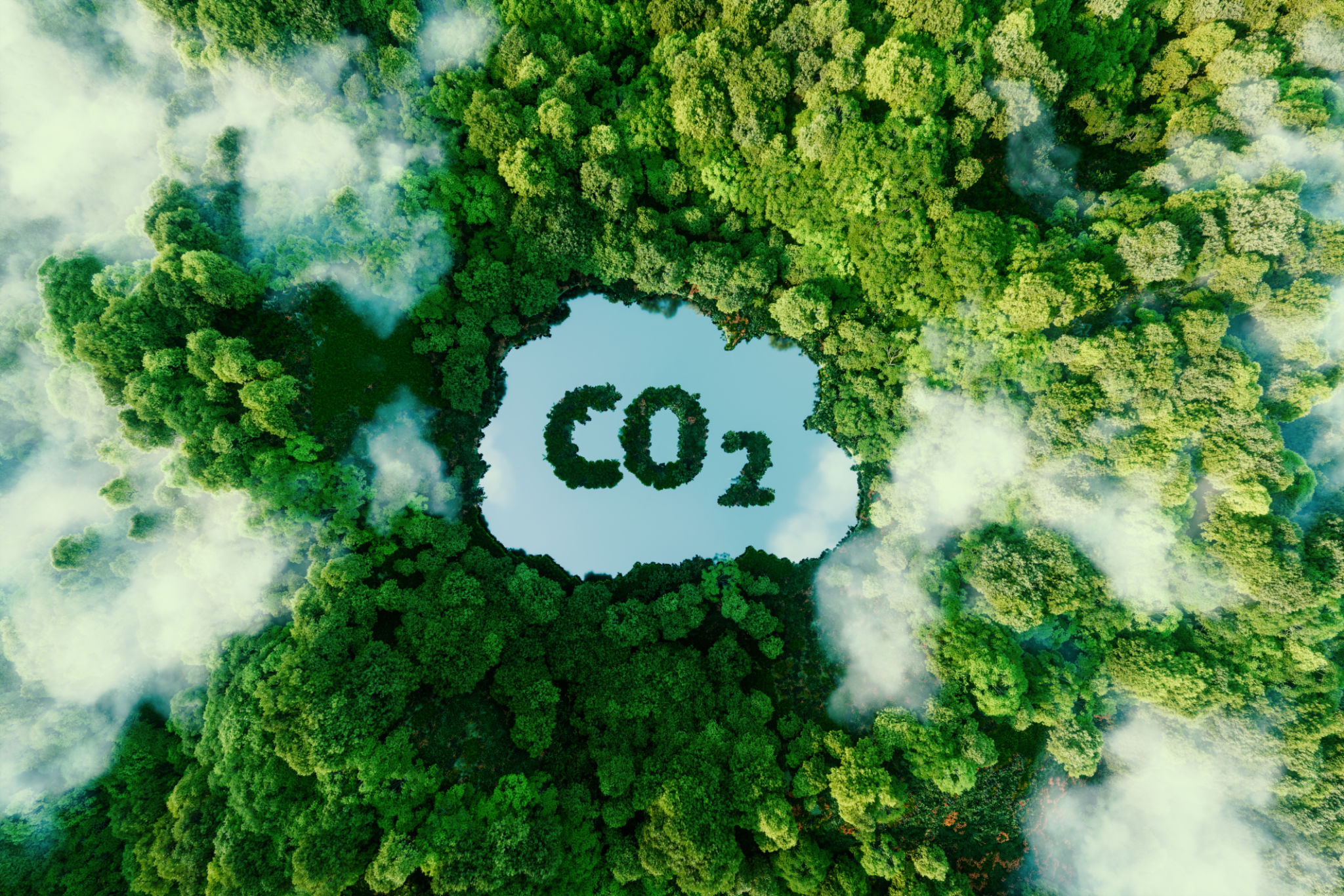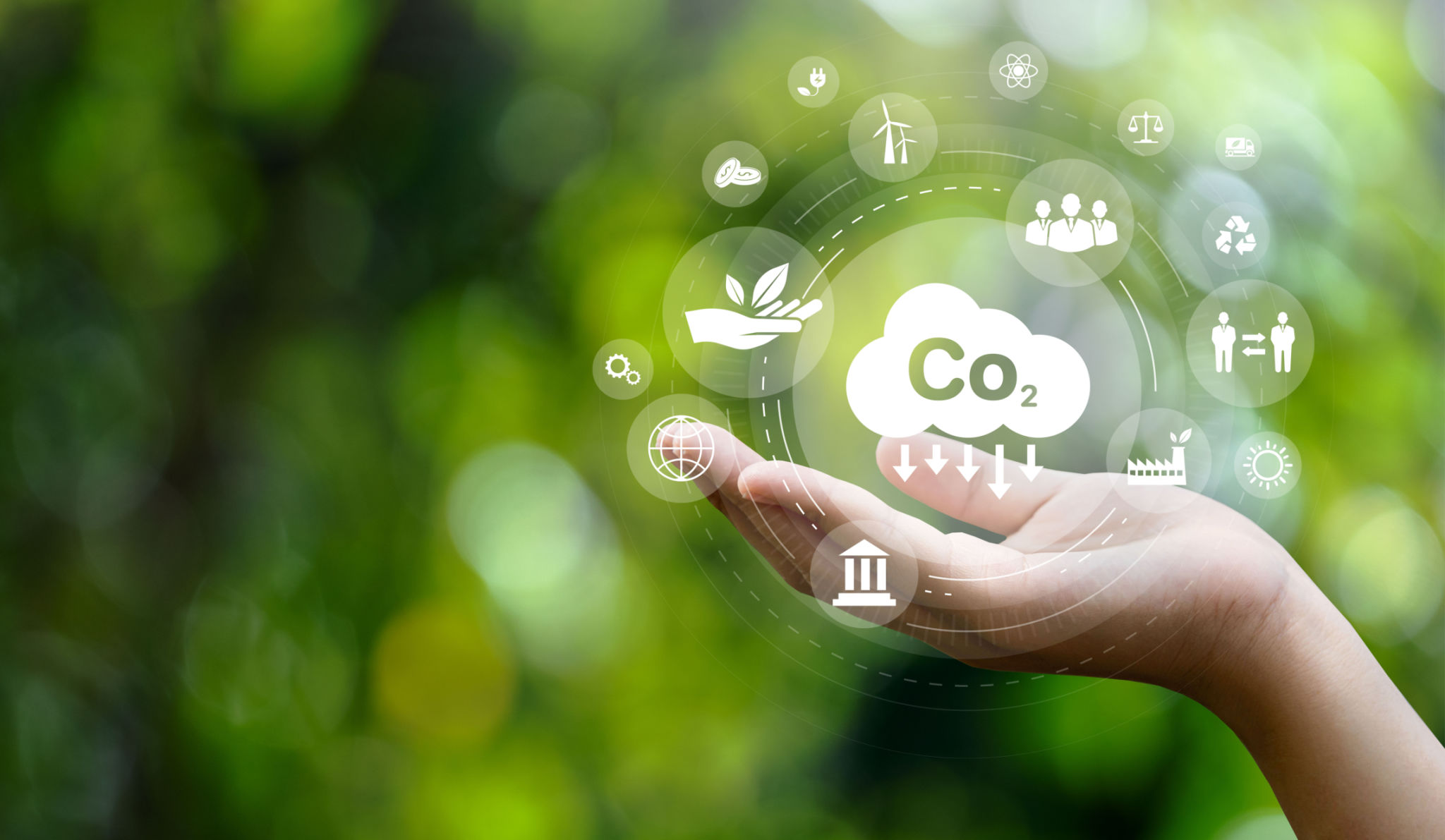Common Misconceptions About Carbon Dioxide in Industrial Settings
Understanding Carbon Dioxide's Role
Carbon dioxide (CO2) is often misunderstood in industrial contexts, leading to various misconceptions about its role and impact. While it's well-known as a greenhouse gas, its presence and function in industrial settings are far more complex. Understanding these nuances is crucial for industries aiming to manage their environmental footprint responsibly.

The Myth of CO2 as a Pure Pollutant
A common misconception is that carbon dioxide is always a harmful pollutant. However, CO2 is a natural component of Earth's atmosphere and plays an essential role in processes like photosynthesis. Within industrial settings, it can be both a byproduct and a resource. For example, in the food and beverage industry, CO2 is crucial for carbonation and refrigeration.
CO2 Emissions and Industrial Efficiency
Another misunderstanding is that reducing CO2 emissions will always hinder industrial efficiency. On the contrary, many industries have found that optimizing processes to lower emissions often leads to increased efficiency and cost savings. Implementing energy-efficient technologies can reduce fuel consumption, minimizing CO2 output while simultaneously cutting operational costs.
CO2 as a Resource
Many people overlook the potential of carbon dioxide as a valuable resource. Industries are now exploring methods to capture and utilize CO2 in innovative ways. For instance, captured CO2 can be used in creating building materials like concrete or even transformed into fuels, turning what was once considered waste into a valuable commodity.

The Environmental Impact of CO2
Despite its utility, the environmental impact of carbon dioxide cannot be ignored. CO2 emissions contribute significantly to climate change, prompting industries to adopt measures for reduction. Understanding the balance between necessary industrial activities and environmental responsibility is key to sustainable development.
Carbon Capture Technologies
Many industries are investing in carbon capture technologies to mitigate CO2 emissions. These technologies capture carbon at the source, preventing it from entering the atmosphere. The captured CO2 can then be stored underground or repurposed for various industrial applications, reducing the overall environmental impact.
Regulatory Misunderstandings
There are misconceptions regarding regulations surrounding CO2 emissions. Some believe that compliance with regulations is overly burdensome for businesses. However, these regulations often drive innovation, pushing companies to develop cleaner technologies and practices that can lead to long-term benefits.

The Path Forward
The future of carbon dioxide in industrial settings involves a combination of innovation, regulation, and sustainable practices. By dispelling common misconceptions, industries can better navigate the challenges and opportunities associated with CO2 management.
Ultimately, addressing these misconceptions about carbon dioxide involves a collaborative effort between industries, governments, and consumers. With informed strategies and responsible practices, it is possible to harness the benefits of CO2 while minimizing its impact on our planet.
